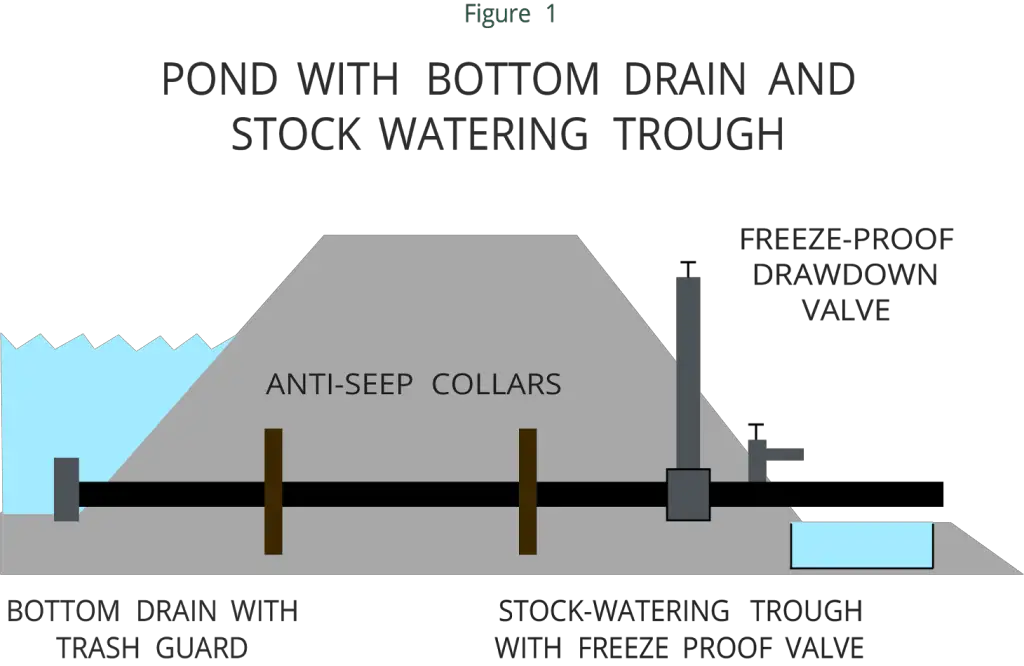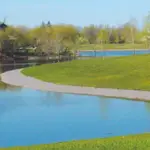Title: The Ultimate Guide on How to Build a Pond Drain
Are you considering building a pond on your property? Creating a beautiful, serene pond can be a wonderful addition to any landscape. However, to maintain the health and longevity of your pond, it’s essential to include a proper drainage system. In this comprehensive guide, we will explore the step-by-step process of building a pond drain, including the necessary tools, materials, and techniques to ensure a successful and effective drainage system.
Importance of Pond Drainage
Before delving into the construction process, it’s crucial to understand the significance of proper pond drainage. A well-designed drainage system helps prevent waterlogging, controls water levels, and maintains the overall health of the pond ecosystem. Without adequate drainage, ponds can suffer from excessive water accumulation, leading to nutrient imbalances, stagnant water, and potential damage to the surrounding landscape.
Step 1: Planning and Preparation
The first step in building a pond drain is thorough planning and preparation. Begin by assessing the natural topography of the area where the pond will be located. Identify the lowest point where water naturally accumulates, as this will be the ideal location for the pond drain. Additionally, consider the soil type and the volume of water that the drain will need to manage.
Step 2: Gathering the Necessary Tools and Materials
To build a pond drain, you will need the following tools and materials:
Tools:
– Shovel
– Spade
– Digging bar
– Level
– Tape measure
– Wheelbarrow
Materials:
– Perforated drainage pipe
– Non-woven geotextile fabric
– Gravel
– PVC pipe (optional, for outlet extension)
– Concrete (if constructing a concrete spillway)
Step 3: Excavation of the Drainage Trench
Using a shovel and spade, begin excavating the drainage trench from the lowest point of the pond towards the desired outlet location. The trench should have a gradual slope to ensure proper water flow. The depth and width of the trench will depend on the volume of water that needs to be managed and the size of the drainage pipe.
Step 4: Installation of the Perforated Drainage Pipe
Once the trench is excavated, line the bottom with a layer of gravel to promote proper drainage. Next, place the perforated drainage pipe in the trench, ensuring that it follows the slope and extends to the outlet location. The perforated design of the pipe allows water to enter from the surrounding soil and be carried away from the pond.
Step 5: Protection with Geotextile Fabric
To prevent the drainage pipe from clogging with soil and sediment, it’s essential to wrap it with non-woven geotextile fabric. This fabric allows water to pass through while filtering out debris, ensuring the long-term effectiveness of the drainage system.
Step 6: Backfilling and Covering with Gravel
Carefully backfill the trench with additional gravel, covering the drainage pipe and ensuring that it is securely in place. The gravel provides further protection for the pipe and promotes efficient water flow through the system.
Step 7: Optional Step: Constructing a Concrete Spillway
For ponds located in areas with heavy rainfall or significant water runoff, constructing a concrete spillway can further enhance the drainage system. A spillway helps manage excess water and prevents erosion, safeguarding the integrity of the pond and its surroundings.
Step 8: Outlet Configuration
If the drainage outlet is located at a distance from the pond, consider using PVC pipe to extend the outlet and direct the water to a suitable discharge point. Ensure that the outlet configuration allows water to flow freely without causing any potential damage to the surrounding landscape.
Step 9: Testing and Maintenance
Once the pond drain is installed, it’s essential to conduct thorough testing to ensure that the system effectively manages water flow. Periodic maintenance, such as removing any accumulated debris or sediment from the drainage pipe, will help sustain the long-term functionality of the drain.
In conclusion, building a pond drain is a fundamental aspect of creating a healthy and sustainable pond ecosystem. By following these step-by-step guidelines and investing in the proper tools and materials, you can ensure the successful construction of a pond drain that effectively manages water levels and promotes the overall well-being of your pond. With careful planning and implementation, your pond will thrive for years to come, providing a tranquil and beautiful environment for both you and the local wildlife.




